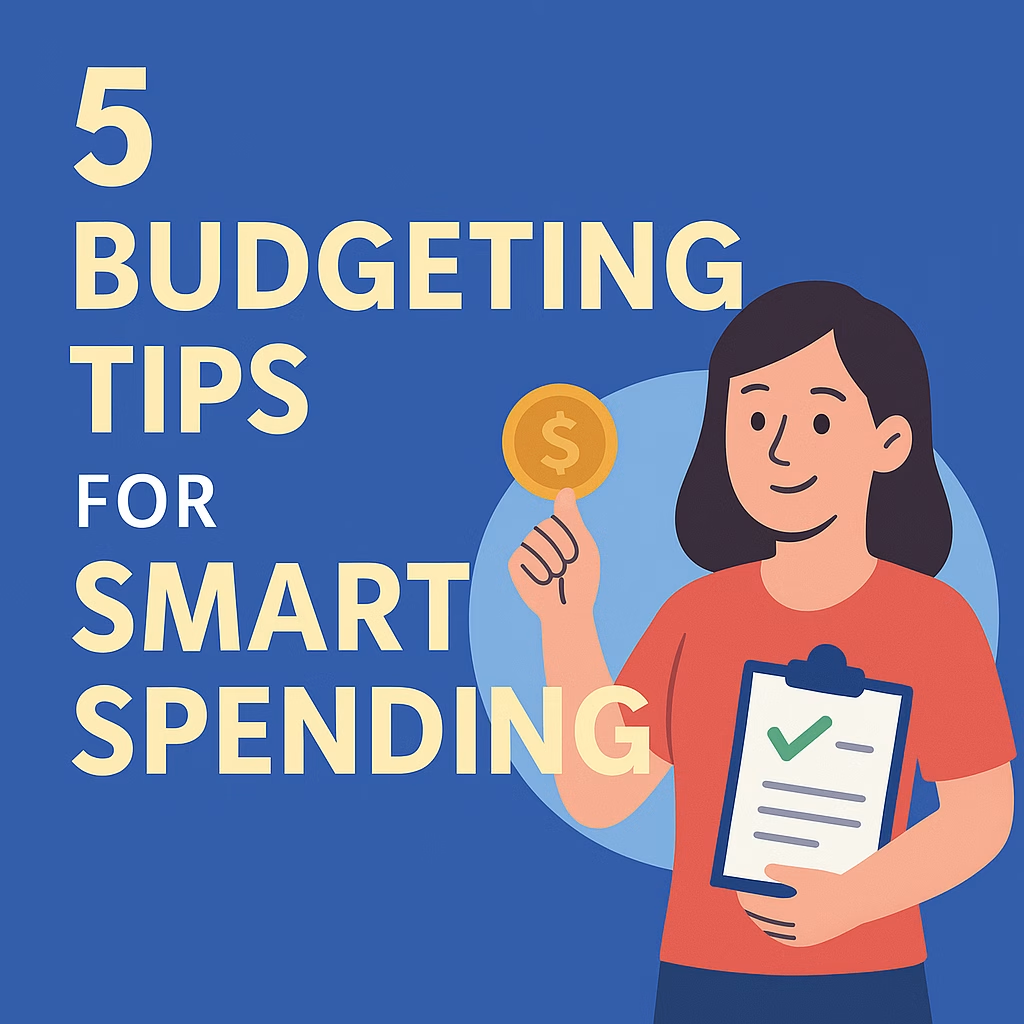How to Stop Emotional Spending (Without Feeling Guilty)
Introduction: It’s been a rough day. You deserve that new outfit, right? Or maybe you just want a little reward after a stressful week. Boom – another Amazon order. This is emotional spending, and it’s silently draining your bank account.
But here’s the truth: you don’t have to feel guilty. You just need a smarter strategy.

1. Spot Your Triggers Emotional spending often happens when you’re:
- Stressed or anxious
- Celebrating something
- Bored or tired
Keep a spending journal for one week to track what you bought and how you felt before and after.
2. The 72-Hour Rule Pause. Wait three days before making any unplanned purchase. You’ll often find the urge fades, or the item feels unnecessary.
3. Create a “Treat Fund” Set aside $50–100/month for guilt-free splurges. This satisfies the emotional need without wrecking your financial goals.
4. Unfollow the Triggers Unsubscribe from marketing emails. Mute “haul” influencers. Out of sight = out of cart.
Conclusion: You can spend emotionally and still be financially strong – as long as you’re doing it mindfully. Swap guilt for awareness. Control your spending, don’t let it control you.
